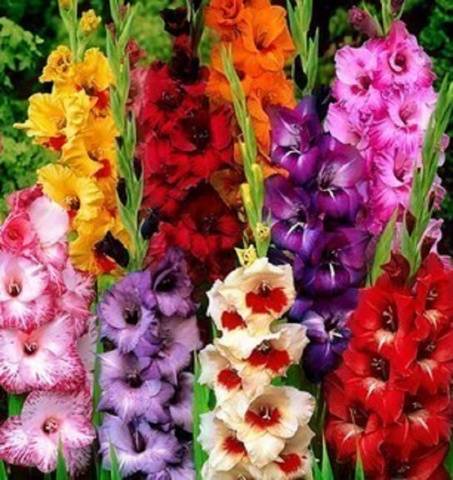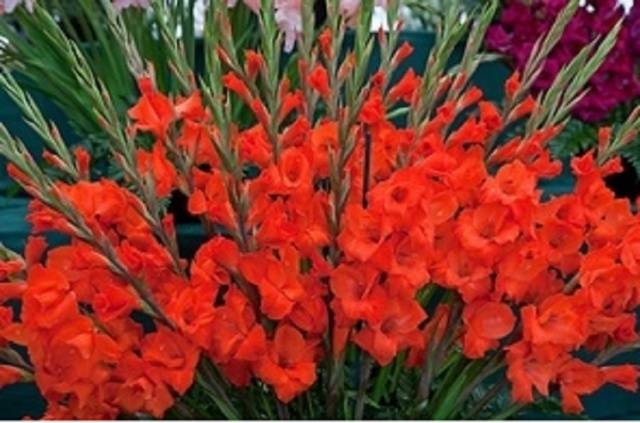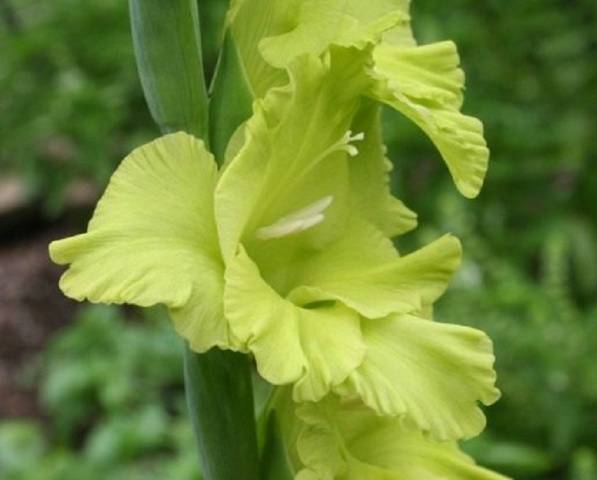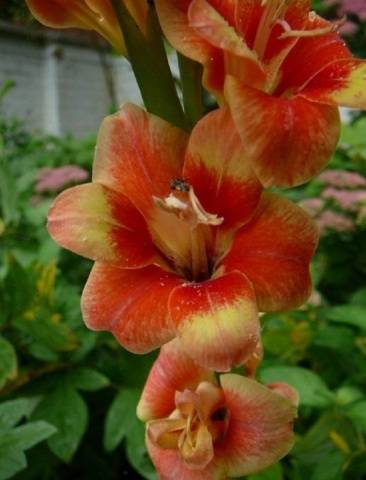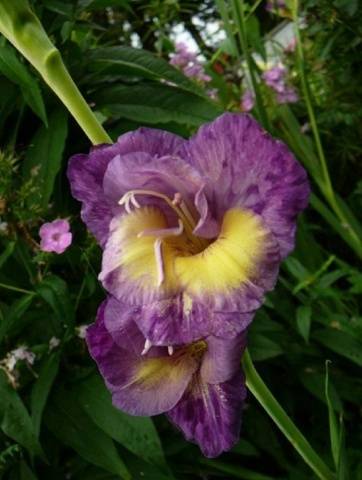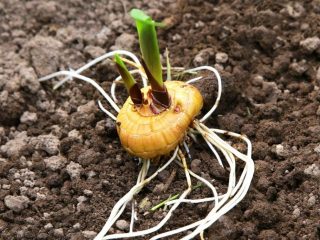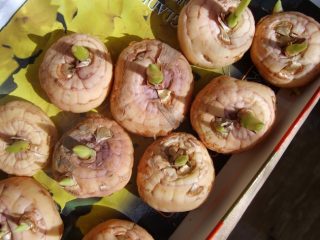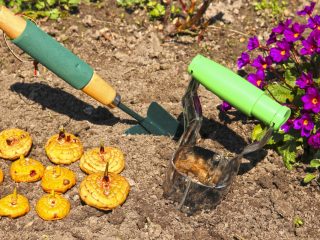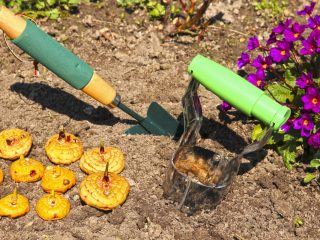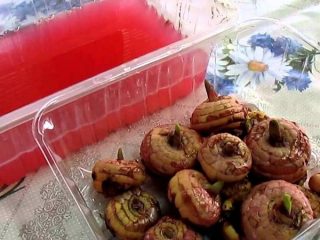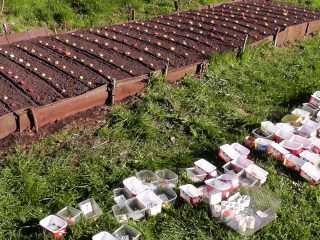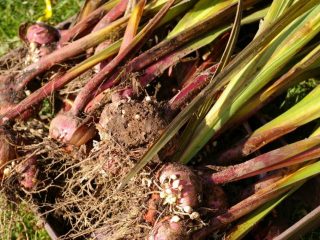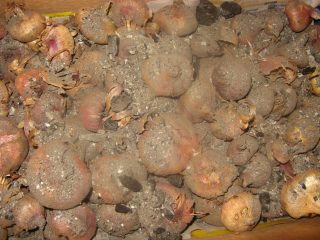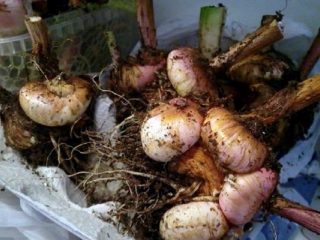Content
Each plant prefers its own soil. However, I want to grow different flowers at my summer cottage. Therefore, in order for them to grow well and bloom beautifully, it is necessary to fulfill the basic requirements of agricultural technology. When growing gladioli, one of the important points is feeding these luxurious flowers.
The growing season for gladioli is long. At this time, they constantly consume the necessary nutrients from the soil and surrounding air. So that gladioli do not need certain components, gardeners carry out regular feeding.
For growth and long-term flowering, gladioli need:
- Nitrogen. It is introduced at the initial stage of flower development. However, the dose must be controlled. A deficiency of the element will lead to poor development of foliage with a pale color. Overdose is also undesirable. In this case, the development of fungal diseases and delayed flowering are possible.
- Phosphorus. More necessary for flowers than leaves. Therefore, the optimal time for phosphorus fertilizing is the appearance of the 5th leaf and the beginning of budding.
- Potassium. Required to increase cold resistance and disease resistance. It has a good effect on metabolism and is added at the time of budding and flowering of plants.
How to feed gladioli to provide them with the necessary nutrients. You can feed with organic and mineral fertilizers, which will provide the flowers with all the useful components.
Types of mineral fertilizers for feeding gladioli
It is best to buy formulations in special stores, where you can get answers to all your questions. Mineral fertilizers for gladioli are divided into:
- One-component, which contain one nutritional component for gladioli. These include nitrogen (the list includes urea, sodium nitrate, ammonium sulfate), phosphorus (of which simple and double superphosphate, bone meal), potassium (the best are sulfate, chloride and potassium carbonate) fertilizers.
- Complex. They contain two components. Potassium nitrate and potassium magnesia are well suited for gladioli.
- Full, containing three elements – nitrophoska, nitroammophoska.
It is recommended to use liquid complex formulations in fertilizing.
Organic fertilizers for flowers
The most common and accessible to gardeners are:
- Composts. They are laid by summer residents themselves. They perfectly nourish and enrich the soil.
- Rotted manure. Feeding gladioli with fresh manure is strictly prohibited. It contains pathogenic bacteria and fungal infections, which will lead to flower diseases.
- Chicken droppings. Just like manure, only infusion of manure is used and in diluted form. It is advisable not to use other types of litter.
Organic fertilizers (manure, droppings) must be diluted with water (1:1) and left for at least 10 days.And then the infusion is diluted again with water to a ratio of 1:20 if chicken manure is taken and 1:10 in the case of mullein.
Approximate plan for fertilizing gladioli on the site
At the beginning of plant growth, it is necessary to apply the first fertilizing – nitrogenous. It is useful in the phase when the plants have 3 true leaves. Nitrogen feeding of gladioli with sodium or potassium nitrate is more favorable. Per one square meter of plot area, apply 25 g of nitrogen fertilizer, 15 g of potassium fertilizer, 35 g of superphosphate. For areas with soil rich in organic matter, the nitrogen rate is halved.
An infusion of chicken manure or mullein can successfully replace mineral fertilizers. To prepare the solution, add potassium permanganate (1 g) and superphosphate (30 g) to the infusion bucket.
Another option is an infusion of chopped grass + 50 g of wood ash in a bucket of water.
Second time (5-6 leaves) gladioli are fed with a complex composition of ready-made mixtures from garden stores or infusions of organic fertilizers.
Third time fertilize at the moment of flower stalk formation. Now potassium and phosphorus are needed for good flowering and the formation of quality bulbs. A composition of 35 g of superphosphate and 15 g of potassium chloride per square meter works well.
All mineral components are added in liquid form to provide the roots with easy access to nutrition. You can increase the effectiveness of fertilizing by dividing the dose into two parts. They must be applied twice at an interval of 7 days.
Gladioli respond very well to foliar feeding. So, they call the method of introducing nutrients through spraying leaves. For foliar feeding, potassium permanganate and boric acid are used.Frequency: 3 times in the summer.
Before the budding phase, spray with the composition - 0.2 g of boric acid, 0.15 g of copper sulfate, 0.2 g of cobalt nitrate, 0.1 g of zinc sulfate. All components are diluted in 1 liter of water and foliar feeding is carried out.
Separately, you can spray with a weak solution of potassium permanganate.
To carry out high-quality foliar feeding, sprayers with fine spray nozzles are used. It is necessary to ensure that the solution gets on both sides of the sheet. It is good to add adhesives to the solution, which can be purchased at garden stores.
Conclusion
Gladioli require constant attention. But, if you feed the plants correctly, the luxurious inflorescences will delight you all season long.
